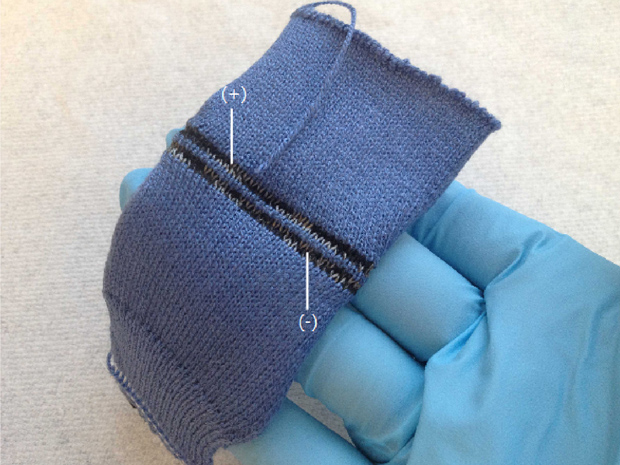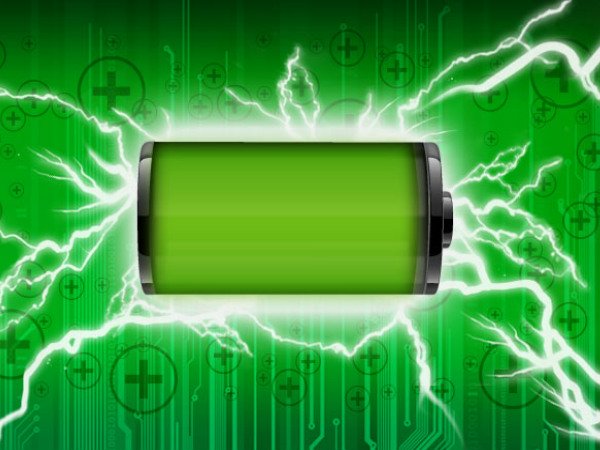 Mobile devices could have a dramatically longer battery life, thanks to a new form of ultra-low-power digital memory that is faster than current memory types and uses 100 times less energy.
Mobile devices could have a dramatically longer battery life, thanks to a new form of ultra-low-power digital memory that is faster than current memory types and uses 100 times less energy.
“I think anyone who is dealing with a lot of chargers and plugging things in every night can relate to wanting cell phones or laptops whose batteries can last for weeks or months,” says University of Illinois professor Eric Pop.
Pop’s team has been working with phase-change materials (PCM) – a faster but higher-power alternative to flash memory. In phase-change materials memory a bit is stored in the resistance of the material, which is switchable.
But Pop’s group was able to lower the power per bit to 100 times less than existing phase-change materials memory, simply by focusing on size. Rather than using standard metal wires, the group used carbon nanotubes.
“The energy consumption is essentially scaled with the volume of the memory bit,” said graduate student Feng Xiong, the first author of the paper. “By using nanoscale contacts, we are able to achieve much smaller power consumption.”
The low-power phase-change materials bits could be used in existing devices, with a significant increase in battery life, says the team.
“Anytime you’re running an app, or storing MP3s, or streaming videos, it’s draining the battery,” says graduate student Albert Liao.
“The memory and the processor are working hard retrieving data. As people use their cell phones to place calls less and use them for computing more, improving the data storage and a retrieval operation is important.”
Pop believes that, along with improvements in display technology, the nanotubes phase-change materials memory could allow a cell phone to run without any battery at all, simply by harvesting its own thermal, mechanical or solar energy.
The team has made and tested a few hundred bits so far, and wants to scale up production to create arrays of memory bits that operate together. They also hope to achieve greater data density through clever programming, so that each physical phase-change material bit can program two data bits, called multibit memory.
“Even though we’ve taken one technology and shown that it can be improved by a factor of 100, we have not yet reached what is physically possible. We have not even tested the limits yet. I think we could lower power by at least another factor of 10,” Pop says.




Very cool technology, but it seems like we’ve been hearing about it for years and nothing has made it to production. I can’t wait for this to actually come out!
Thank you for your interest. I also hope that technology will move faster than our expectation. Will see.